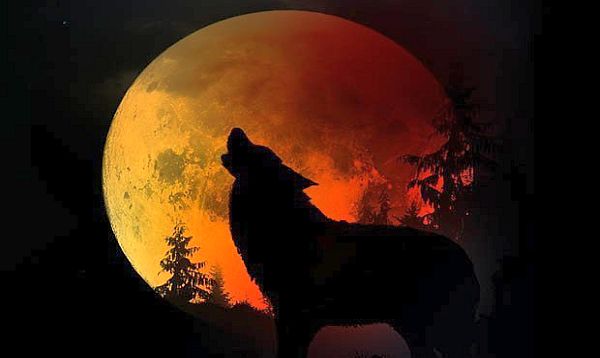Puerto Vallarta, Mexico - This weekend the sky will be putting on a howlingly good show: 'a super blood wolf moon.' The cosmic event is the convergence of a few stellar lunar events - an eclipse coinciding with a supermoon turning an eerie blood red.
Why is it called a Super Blood Wolf Moon? Let's break it down:
Super Moon: The moon Sunday night will be the first in a series of three full supermoons in 2019, which is when a full or new moon is at or near its closest approach to earth in its orbit, or perigee, according to EarthSky. The second one takes place Feb. 19 and the third on March 21. Supermoons are around about 14 percent bigger and 30 percent brighter than normal. That is why they appear slightly brighter and larger than a regular full moon, according to NASA.
 |
Wolf Moon: Every month has special names to describe the full moon. The most widely used name for January's moon is the "wolf moon." The full moon in January has other names as well, but Native Americans and medieval Europeans gave it the wolf moniker "after the howling of hungry wolves lamenting the midwinter paucity of food," according to National Geographic.
Here's everything you need to know about the phenomenon:
On Sunday, January 20 the moon will be big and bright throughout the night and into Monday morning, but the true show - the total lunar eclipse - is expected to last about three and a half hours from the start of the partial eclipse to finish and will be visible throughout North America, EarthSky says.
Here in Puerto Vallarta, the total eclipse will begin at 10:41 pm and end at 11:43 pm. The partial eclipse will begin about 90 minutes before the total eclipse begins, according to AccuWeather. To see how the eclipse will play out here in the greater Banderas Bay area, CHECK OUT this site.
Unlike a solar eclipse, it's completely safe to watch a lunar eclipse with the naked eye. Total lunar eclipses are one of the best astronomical events to view without equipment, so it should be easy to catch. All you need to do is go outside and look up. You can also watch the partial eclipse before and after totality.
This will be the last total lunar eclipse of the decade. If you're more of a super moon enthusiast, though, you're in luck. Next month's moon will be even closer and brighter, according to EarthSky.
Other sources: Dallas Morning News • Global News • ABC


